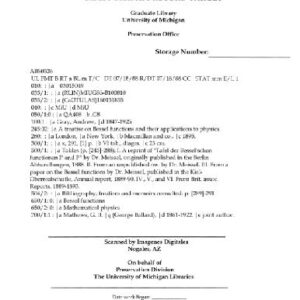The mechanisms which give rise to Hawking radiation are revealed by analyzing in detail pair production in the presence of horizons. In preparation for the black hole problem, three preparatory problems are dwelt with at length: pair production in an external electric field, thermalization of a uniformly accelerated detector and accelerated mirrors. In the light of these examples, the black hole evaporation problem is then presented. The leitmotif is the singular behavior of modes on the horizon which gives rise to a steady rate of production. Special emphasis is put on how each produced particle contributes to the mean albeit arising from a particular vacuum fluctuation. It is the mean which drives the semiclassical back reaction. This aspect is analyzed in more detail than heretofore and in particular its drawbacks are emphasized. It is the semiclassical theory which gives rise to Hawking’s famous equation for the loss of mass of the black hole due to evaporation dM/dt ~ – 1/M2. Black hole thermodynamics is derived from the evaporation process whereupon the reservoir character of the black hole is manifest. The relation to the thermodynamics of the eternal black hole through the Hartle-Hawking vacuum and the Killing identity are displayed. It is through the analysis of the fluctuations of the field configurations which give rise to a particular Hawking photon that the dubious character of the semiclassical theory is manifest. The present frontier of research revolves around this problem and is principally concerned with the fact that one calls upon energy scales that are greater than Planckian and the possibility of a non unitary evolution as well. These last subjects are presented in qualitative fashion only, so that this review stops at the threshold of quantum gravity.

![[PDF] Primer for black hole quantum physics Brout et al.](https://pdfelite.com/wp-content/uploads/2024/04/ef46ede64e99a428803306332f0b994a.jpg)




Reviews
There are no reviews yet.